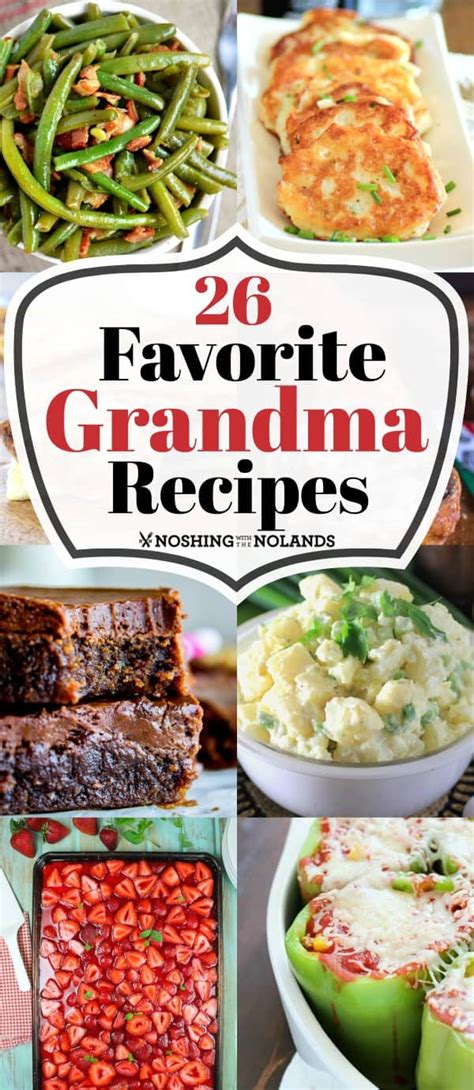Grandma's Recipe: A Treasure Trove of Culinary Heritage
Grandma's recipes are more than just instructions; they're heirlooms, passed down through generations, carrying with them stories, memories, and the unique flavors of family history. This isn't just about cooking; it's about preserving a legacy. Let's explore how to best document and share those cherished recipes.
Why Document Grandma's Recipes?
Before we dive into the how, let's focus on the why. Why is it so important to meticulously document those handwritten recipes, often scribbled on faded index cards or tucked into well-loved cookbooks?
-
Preserving Family History: These recipes aren't just about food; they're snapshots of the past. They tell stories of family gatherings, holidays, and cherished traditions. Imagine the joy of future generations being able to recreate these dishes and connect with their heritage.
-
Sharing the Love: Food is a powerful connector. Sharing Grandma's recipes allows you to share a piece of your family's heart with others – friends, relatives, and even future generations.
-
Avoiding Loss: Sadly, time marches on. Documenting these recipes ensures they won't be lost to fading ink or forgotten memories.
How to Document Grandma's Recipes: A Step-by-Step Guide
Now that we understand the importance, let's look at how to effectively preserve these culinary gems.
1. Gather the Recipes
Start by collecting all the recipes you can find. This might involve searching through old cookbooks, boxes of family papers, or even asking family members for their copies.
2. Transcribe and Organize
Carefully transcribe each recipe. Type them up in a clear, easy-to-read format. You can use a word processor, a spreadsheet, or even a dedicated recipe management app. Consider organizing them by category (appetizers, main courses, desserts, etc.) or by occasion (holidays, birthdays, etc.).
3. Standardize Measurements
Ensure all measurements are consistent (e.g., cups, tablespoons, grams). This will make it easier for others (and your future self!) to follow the recipe accurately.
4. Add Personal Touches
Include any anecdotes, memories, or family stories associated with each recipe. These details add a personal touch and make the recipe book even more special. Consider adding photos of Grandma or family gatherings related to the recipes.
5. Create a Beautiful Recipe Book (Optional)
Once you've transcribed and organized everything, consider creating a physical or digital recipe book. You can use a photo book service to create a professional-looking cookbook, complete with photos and personal stories.
Beyond the Cookbook: Sharing Grandma's Legacy
Documenting the recipes is only half the battle. The true magic lies in sharing them!
- Host a Cooking Class: Gather family and friends for a fun cooking class centered around Grandma's recipes.
- Create a Family Blog or Website: Share your Grandma's recipes online, allowing family members across the globe to access and enjoy them.
- Gift Copies: Present beautifully printed copies of your recipe book to family members as thoughtful gifts.
Grandma's recipes are invaluable treasures, filled with love, memories, and a unique family history. By taking the time to document and share them, you're ensuring that this culinary legacy lives on for generations to come. So, gather those faded recipe cards, and start preserving your family's culinary heritage!
